
Lululemon Addict Color Comparison Bleached Coral vs. Pink Shell
Blanched Coral 886 | Benjamin Moore Blanched Coral 886 A warm, faded pink reminiscent of coral washed by the sea and bleached by the sun. Shop Now LRV 81.42 Collection Benjamin Moore Classics® Get your own digital color dollop of Blanched Coral 886 Create My Dollop [object Object] Matching Colors Sharon Rose 039 Add to Cart Shopping List
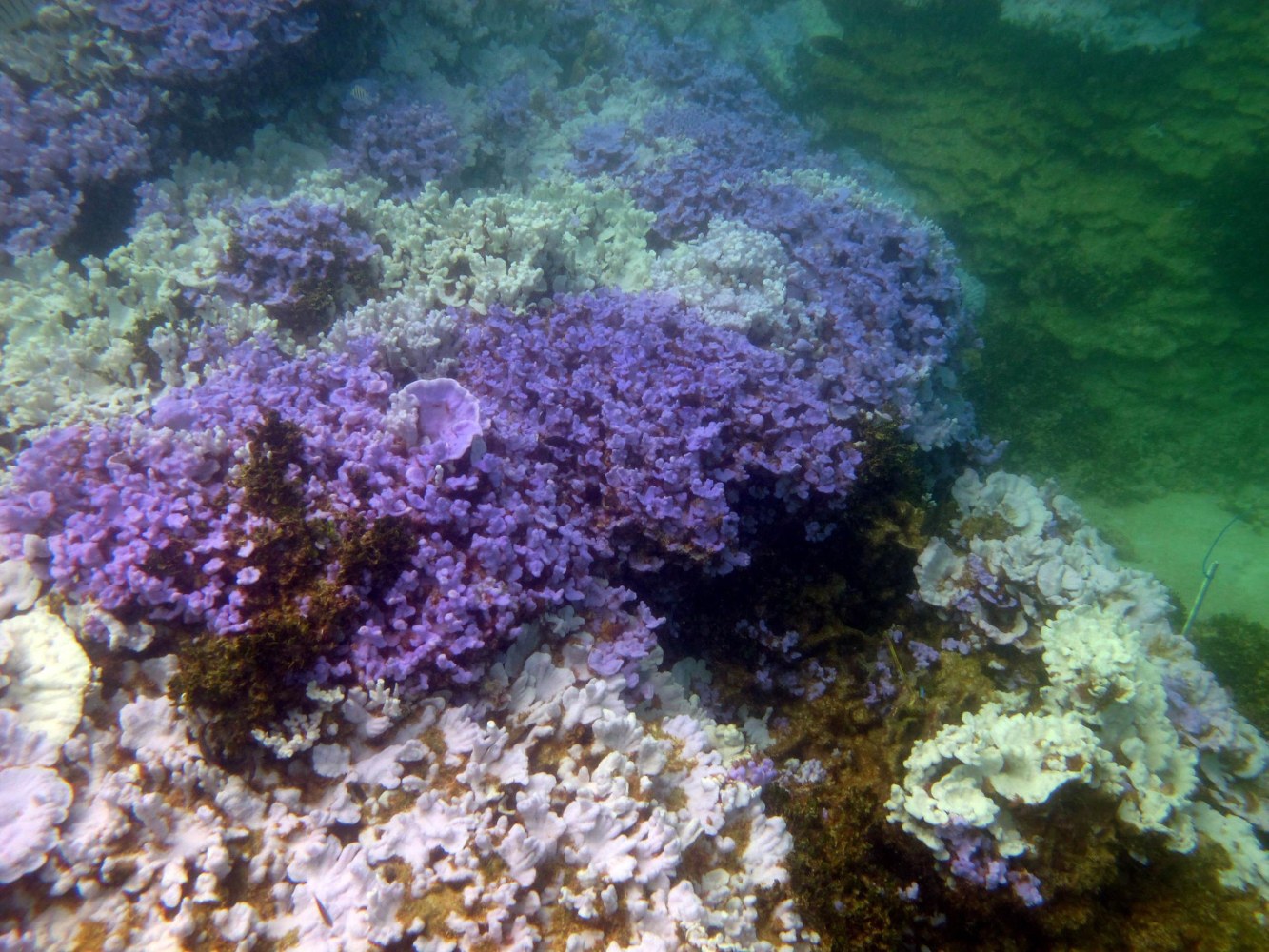
Severe Coral Bleaching Spotted Near Hawaii's Oahu, Scientists Say NBC News
The ocean's temperatures dropped by slightly more than 12°F (-11°C), leading some portions of the Florida Keys' corals to die off. The loss was not as extensive as the 2005 event. Still, it served as a grim reminder that there is no single cause of coral bleaching. Sadly, the problem worsens with each passing decade.
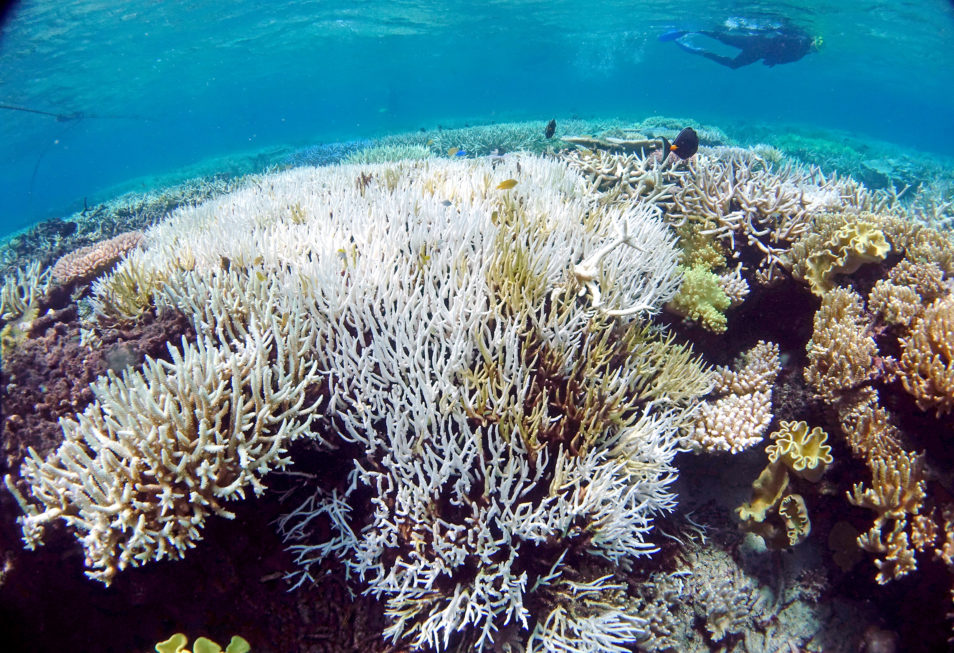
Heatresistant coral to fight bleaching CSIROscope
A bleached coral lacks its colorful, photosynthetic inhabitants, leaving the coral alone with its bare white skeleton and see-through polyps. Without its zooxanthellae, a bleached coral.

Global Warming is Bleaching Hawaii's Coral Reef The Inertia
Coral bleaching describes a situation in which corals appear to turn white. This happens when coral polyps expel their symbiotic algae (zooxanthellae) as the result of some kind of stress event. Without the algae, the coral polyps are mostly clear, allowing you to see through to their white skeletons beneath. This results in a bleached appearance.

Reefs that experience frequent temperature changes most likely to resist coral bleaching
Coral bleaching happens when corals lose their vibrant colors and turn white. But there's a lot more to it than that. Coral are bright and colorful because of microscopic algae called zooxanthellae. The zooxanthellae live within the coral in a mutually beneficial relationship, each helping the other survive.

bleached coral ECOS
Coral reef bleaching is the loss of color in corals due to factors such as pollution and heat. Learn about why coral reefs are dying and how you can help with their preservation. Coral reefs are home to millions of fish and other marine organisms, and they are also vital to all life on earth. At least 25 percent of marine life on earth needs.

Bleached coral Coral bleaching hits Indian Ocean reefs CBS News
What is coral bleaching? This infographic provides an overview of what coral bleaching is and its causes. The resource combines short summaries of the steps of coral bleaching with more in-depth (though still succinct) explanations for what is happening to cause the coral to appear white. A short list of causes for coral bleaching is also provided.

New studies take a second look at coral bleaching culprit
What Is Coral Bleaching? References By Donavyn Coffey last updated 14 October 2022 Once vibrantly colored and teeming with life, many coral reefs around the planet are now bleached and.

Coral Bleaching RCN Andréa Grottoli
Healthy, unbleached corals rely on algae's pigments to absorb some sunlight. Without the algae, more light — including its blue wavelengths — can enter and bounce around inside the corals' skeleton.
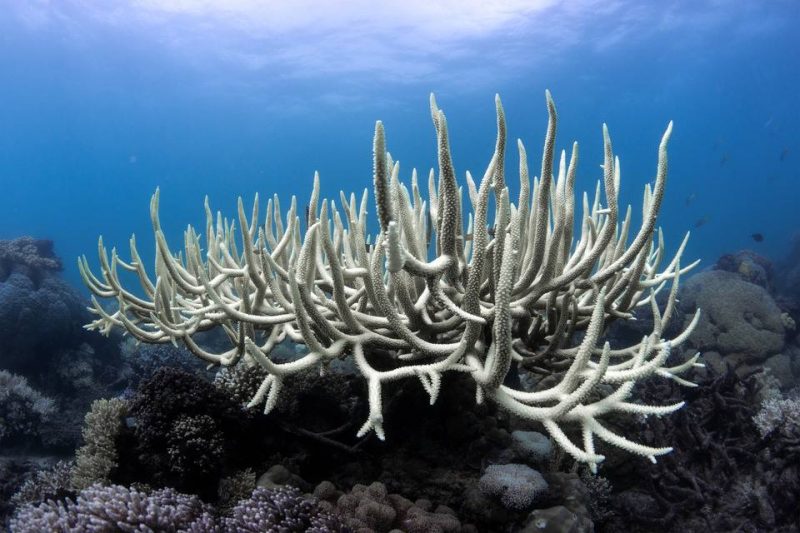
Global coral bleaching event likely ending Earth EarthSky
When bleaching events occur, extended heat spikes cause corals to turn a ghostly white, often leading to their death. But "colorful bleaching" has the opposite effect: the dying corals gain.

Massive bleaching event puts world’s coral reefs at risk
If the stress is not too severe or prolonged, the technicolor display known as color bleaching can save some coral, Dr. Wiedenmann's team determined. Some healthy corals display vivid colors,.
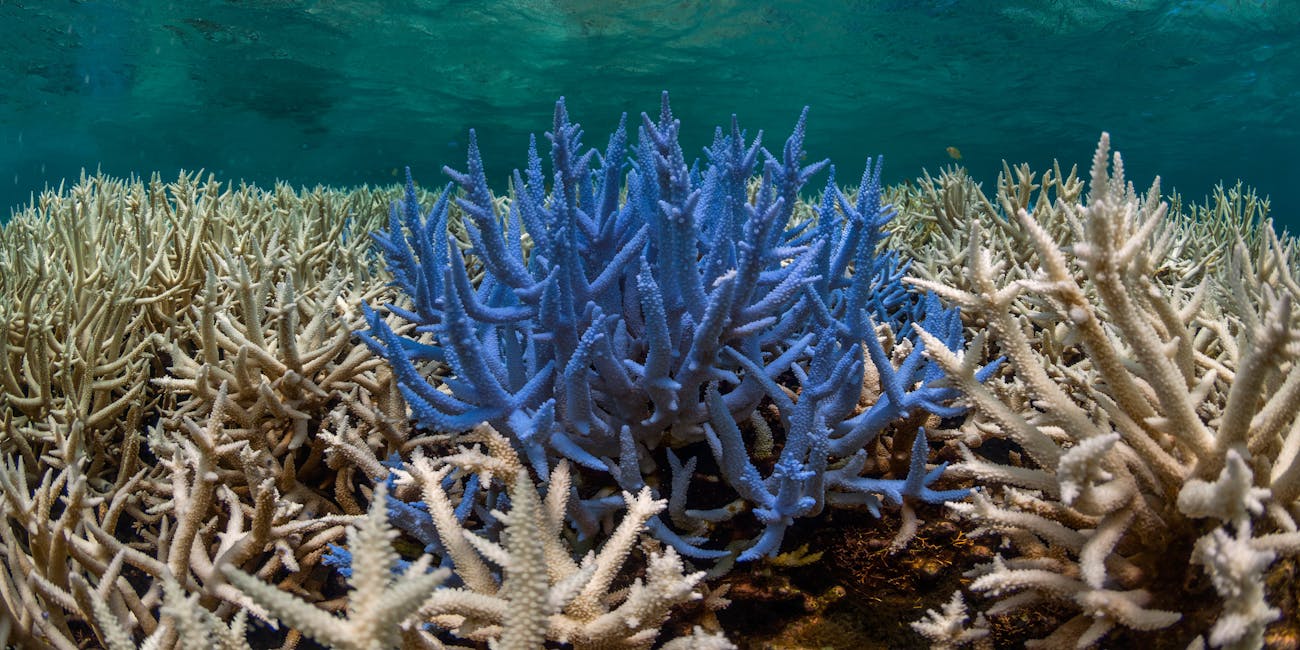
What Is Coral Bleaching? Some Reefs Glow Before They Die Inverse
Coral bleaching is a serious threat to coral reefs and the many species that depend on them. By understanding the causes and impacts of coral bleaching and taking action to reduce our impact on the environment, we can help protect these important ecosystems for generations to come.

Scientists tackling crisis of coral bleaching UB Now News and views for UB faculty and staff
Coral reefs are colorful places. Bright-colored fish, anemones, and crustaceans dart, flutter, and creep among patches of coral. Corals themselves can be brightly colored. More often, they are muted browns and greens. Although a coral may seem somewhat rock-like, the hard structure that many people think of as coral is just a skeleton.

Cobb Lab Research Blog What influences coral survival through an extreme bleaching event?
Bleached Coral: Coral is left bleached and vulnerable. Without the algae, the coral loses its major source of food, turns white or very pale, and is more susceptible to disease. WHAT CAUSES BLEACHING? Change in ocean temperature Increased ocean temperature caused by climate change is the leading cause of coral bleaching.
Lululemon Addict Color Comparison Bleached Coarl, Pink Shell, Pop Orange, Creamsicle Pop, and
By one common definition, bleaching is the release, rejection, or loss of zooxanthellae from coral tissue. Zooxanthellae are acquired by corals in two ways: first, they may be given a "starter culture" by the parent if the parent colony broods its planulae.
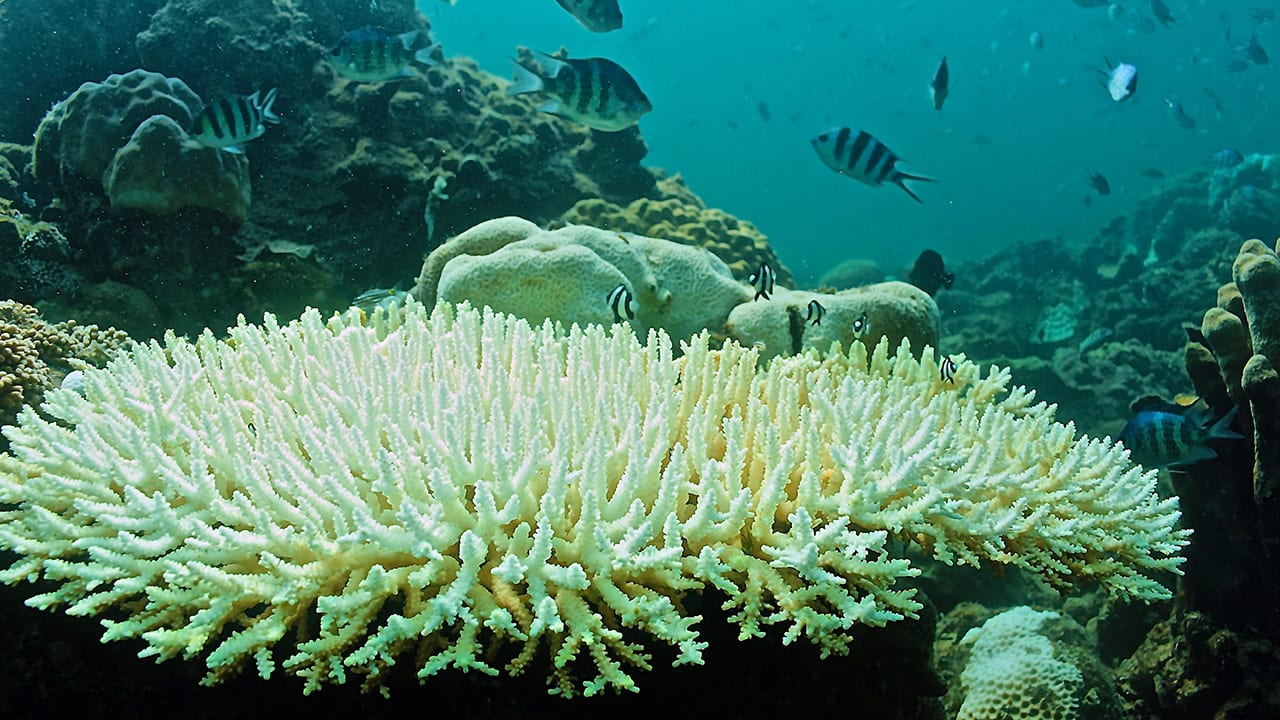
Bleached Coral Woods Hole Oceanographic Institution
What is Bleached Coral Color? Bleached Coral has the hex code #F5CBC4. The equivalent RGB values are (245, 203, 196), which means it is composed of 38% red, 32% green and 30% blue. The CMYK color codes, used in printers, are C:0 M:17 Y:20 K:4. In the HSV/HSB scale, Bleached Coral has a hue of 9°, 20% saturation and a brightness value of 96%.